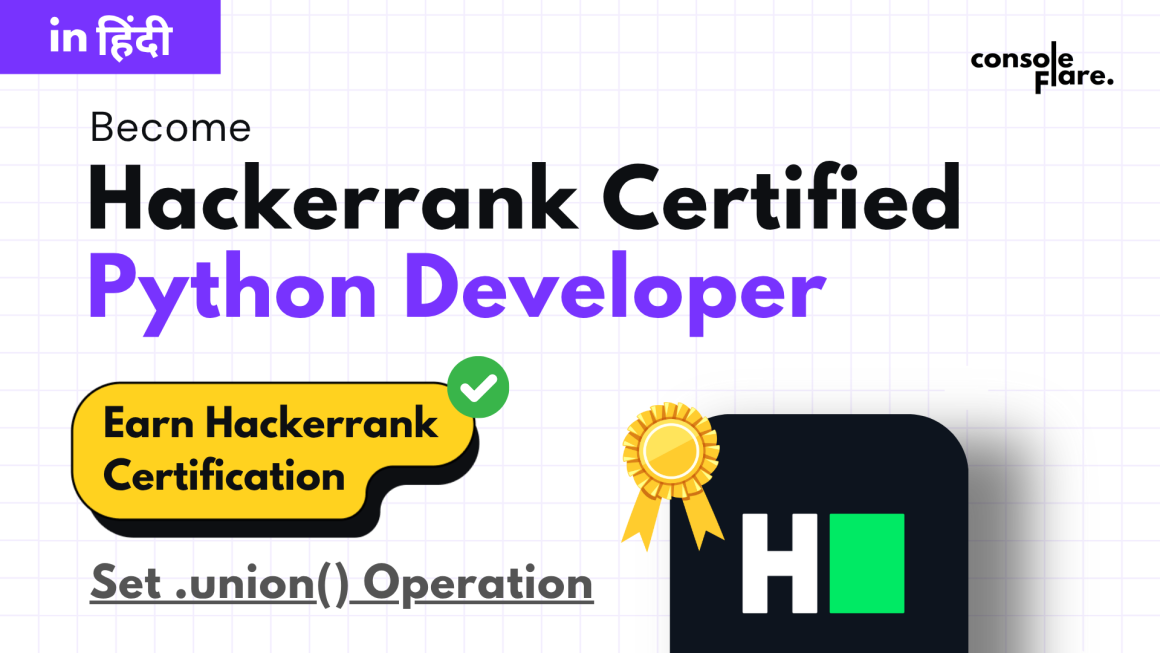Introduction To OpenCV
Have you ever wondered how computers can understand images like humans do? Well, that’s where OpenCV comes in! It’s like a magic toolbox full of tricks that helps computers see, understand, and manipulate images. In this blog, we’re going to explore OpenCV together, starting from the basics and working our way up to cool tricks you can do with it.

What is OpenCV?
OpenCV, which stands for Open Source Computer Vision Library, is like a superhero for computers that helps them see and understand the world through images. Imagine it as a big book filled with special recipes (called algorithms) that teach computers how to do things like recognize faces, detect objects, and even understand emotions from pictures! The best part? It’s totally free and open for anyone to use and learn from.
Use Case of Opencv:
- Object Detection and Recognition: One of the most prominent applications of OpenCV is in object detection and recognition. With its robust algorithms and techniques, OpenCV enables developers to train models to detect and classify objects within images or videos accurately. This capability finds extensive use in various domains, including security surveillance, autonomous vehicles, and augmented reality.
For instance, in security surveillance systems, OpenCV can be employed to detect suspicious activities or intruders in real-time, triggering alerts or notifications to the authorities. In autonomous vehicles, OpenCV plays a crucial role in identifying pedestrians, vehicles, and road signs, facilitating safe navigation and decision-making.
- Facial Recognition and Biometrics: Facial recognition is another area where OpenCV shines. By leveraging machine learning algorithms and deep neural networks, OpenCV enables developers to build facial recognition systems capable of identifying individuals from images or video frames. This technology finds applications in security access control, law enforcement, and personalized user experiences.
For example, facial recognition systems powered by OpenCV can be integrated into access control systems to grant or deny entry based on a person’s identity. In law enforcement, it can aid in identifying suspects or missing persons from surveillance footage. Additionally, businesses utilize facial recognition for personalized marketing strategies or customer authentication.
- Image Processing and Enhancement: OpenCV provides a comprehensive set of tools for image processing and enhancement, allowing developers to perform various operations such as filtering, noise reduction, and image enhancement. These capabilities are invaluable in fields like medical imaging, satellite imagery analysis, and digital photography.
In medical imaging, OpenCV is used to enhance the quality of images obtained from MRI scans, X-rays, or ultrasound machines, aiding doctors in accurate diagnosis and treatment planning. Similarly, in satellite imagery analysis, OpenCV helps analysts extract valuable information from vast amounts of data, such as identifying land cover types, monitoring environmental changes, and detecting anomalies.
- Motion Tracking and Analysis: Motion tracking is another area where we finds extensive use. By analyzing consecutive frames from videos, OpenCV algorithms can track the movement of objects or individuals over time, enabling applications such as sports analysis, gesture recognition, and human-computer interaction.
In sports analysis, systems can track the trajectory of a ball during a game, providing valuable insights to coaches and analysts. In gesture recognition, OpenCV enables computers to interpret hand movements and gestures, opening up new possibilities for intuitive human-computer interaction in virtual reality or gaming applications.
- Robotics and Automation: it plays a crucial role in robotics and automation applications, where vision systems are employed to enable robots to perceive and interact with their environment. By integrating OpenCV with robotic platforms, developers can create autonomous systems capable of tasks such as object manipulation, navigation, and inspection.
For instance, in industrial automation, OpenCV-powered vision systems are used to inspect and quality control manufactured products, detecting defects or irregularities with high accuracy and efficiency. In robotic navigation, OpenCV enables robots to map their surroundings, localize themselves, and navigate autonomously in dynamic environments.
Getting Started with OpenCV:
First things first, let’s get OpenCV set up on your computer. It’s as easy as installing a game or an app! Once you’ve got it installed, you can start writing code to make cool things happen with images.
Reading and Displaying Images: Imagine you have a collection of pictures, and you want your computer to look at them. With OpenCV, you can do that in just a few lines of code! It’s like showing your computer a photo album.
pythonCopy code
import cv2 # Read an image image = cv2.imread('example.jpg') # Show the image cv2.imshow('My Picture', image) cv2.waitKey(0) cv2.destroyAllWindows()
Image Filtering and Enhancement: Now, let’s say you want to make your pictures look even better. With OpenCV, you can do things like smoothing out rough edges or sharpening blurry images. It’s like using magic filters on your photos!
pythonCopy code
# Smooth out the image smoothed_image = cv2.GaussianBlur(image, (5, 5), 0) # Show the smoothed image cv2.imshow('Smoothed Image', smoothed_image) cv2.waitKey(0) cv2.destroyAllWindows()
Feature Detection and Extraction: Have you ever played “I Spy” and looked for hidden objects in a picture? OpenCV can do that too! It can find interesting points in images, like corners or edges, which can help computers recognize objects or patterns.
pythonCopy code
# Find corners in the image gray_image = cv2.cvtColor(image, cv2.COLOR_BGR2GRAY) corners = cv2.cornerHarris(gray_image, 2, 3, 0.04) # Show the corners image[corners > 0.01 * corners.max()] = [0, 0, 255] # Mark corners in red cv2.imshow('Corners Found', image) cv2.waitKey(0) cv2.destroyAllWindows()
Object Detection with Haar Cascades: Ever wanted to teach your computer to recognize faces or other objects? With OpenCV’s Haar cascades, it’s like giving your computer a special pair of glasses that can spot things like faces in pictures!
pythonCopy code
# Load a pre-trained face detection model face_cascade = cv2.CascadeClassifier('haarcascade_frontalface_default.xml') # Detect faces in the image faces = face_cascade.detectMultiScale(gray_image, scaleFactor=1.1, minNeighbors=5) # Draw rectangles around the detected faces for (x, y, w, h) in faces: cv2.rectangle(image, (x, y), (x + w, y + h), (255, 0, 0), 2) # Show the image with faces detected cv2.imshow('Faces Detected', image) cv2.waitKey(0) cv2.destroyAllWindows()
Conclusion: Congratulations! You’ve just scratched the surface of what you can do with OpenCV. From reading and displaying images to detecting faces and objects, OpenCV is your gateway to the exciting world of computer vision. So, what are you waiting for? Start exploring, tinkering, and creating with OpenCV, and who knows, you might just build the next big thing in image processing!
If you wish to learn more about data science or want to curve your career in the data science field feel free to join our free workshop on Masters in Data Science with PowerBI, where you will get to know how exactly the data science field works and why companies are ready to pay handsome salaries in this field.
In this workshop, you will get to know each tool and technology from scratch that will make you skillfully eligible for any data science profile.
To join this workshop, register yourself on consoleflare and we will call you back.
Thinking, Why Console Flare?
- Recently, ConsoleFlare has been recognized as one of the Top 10 Most Promising Data Science Training Institutes of 2023.
- Console Flare offers the opportunity to learn Data Science in Hindi, just like how you speak daily.
- Console Flare believes in the idea of “What to learn and what not to learn” and this can be seen in their curriculum structure. They have designed their program based on what you need to learn for data science and nothing else.





